If we ever do live to see the collapse of our modern civilization then we can expect almost the entirety of our technological healthcare systems to vanish overnight — along with the peace of mind that it brings.
With such a loss, even the banalest injuries, such as a simple cut to the arm, could potentially be fatal if an infection poisons the blood.
A loss of access to the miracles of advanced medical treatments, such as antibiotics and surgery, will also likely coincide with a drop in the average life expectancy of the survivors — a drop of perhaps as much as a decade. Even if a large number of healthcare workers survive, their skills will be almost useless without the gear to implement them.
And while it will be impossible to meaningfully talk about even a tiny bit of our current medical knowledge, what this article hopes to do is explain the fundamentals. So that if you are unlucky enough to live through the end of days, you will at least carry with you the basic principles that will be so essential in rebuilding all of our medical know-how — and that will assist in the discovery of almost everything else from the ground up.
Reinventing basic hygiene and sanitation
Let us start with an easy one. At the end of the world, whether you are scrambling over the rubble of ruined cities or just trying to butcher and cook an animal for food, you are very likely to pick up an infection that could be lethal. To make sure this doesn’t happen, you will need an understanding of the basic hygiene practices that we so often take for granted.
If there is one good thing to come out of the coronavirus pandemic, it is that we are more aware of how germs spread and the importance of good hygiene. Regular hand washing — as often as you can — and limiting how often you touch your face are both really important. Germs are everywhere.
But in this new world, you will have to take special care to avoid so-called ‘enteric’ illnesses that spread via fecal-oral transfer. Regular handwashing will help to break the cycle of how these bugs spread. One notorious example of an enteric disease that used to ravage older communities is cholera. (Which incidentally, if you do catch, can be cured by drinking a portion of clean water mixed with some salt and sugar.)
Reinventing medical check-ups and examinations
The lifesaving CT scans, X-rays, and other procedures will be a thing of the past once civilization unravels, and so will much of the medical expertise that will be necessary to use them. But laying the foundation for the road to recovery is easier than you might think.
For most of history, and even up to the early 1800s, doctors had no way of seeing inside the body. They could only rely on considering the external symptoms, or if the problem was internal, by pressing an ear up to the body and listening or by prodding about inquisitively with their fingers.
One day a French doctor, René Laennec, was doing exactly this to a French woman. Feeling rather indecent and awkward, he devised a shockingly simple apparatus to make the process less intimate. He rolled up a piece of paper and placed his ear to that, instead of the woman’s body. What he found was, the paper-tube actually amplified the internal sounds in the body.
Thus, the stethoscope was born. Technicalities aside, a makeshift stethoscope can be anything from rolled-up paper to a hollow wooden tube. They are particularly good for listening out for irregular heartbeats, the cracklings and wheezing of diseased lungs, the health of unborn babies — even if the bowels are obstructed.
Before the end of the Victorian period, the doctor’s most helpful instruments were the stethoscope, the thermometer, and a set of inflatable cuffs to help gauge blood pressure. All three were used in tandem to help chart and reveal various types of specific illnesses. Until there has been a significant rebuilding of civilization, the stethoscope will be your key tool for medical check-ups and diagnoses. X-ray technology, unfortunately, will remain unreachable without some degree of laboratory sophistication.
Reinventing modern medicine
Almost all of the fancy drugs, pills, and tablets we use today are synthetic and derived from real-world, natural products. You might already be familiar with quinine, the anti-malarial substance found in cinchona tree bark. Willow bark is also effective for treating back pain and also to lower a fever. While tea tree oil is famous for its antiseptic properties and digitalin — a foxgloves extract — is even useful for bringing an irregular heartbeat under control.
But of all the medicines to reinvent, painkillers are probably the most important. Although painkillers don’t actually treat the underlying causes of a problem, they are among the most commonly taken medicines in the world. Pain relief is also an essential prerequisite for surgery.
Two natural extracts that offer some mild pain relief can be found in chili pepper and in mint plants. Both work on opposite ends of the spectrum, with chili pepper masking pain with its illusory fiery burn, and with mint working to drastically cool an area of the body (a bit like how Tiger Balm works today).
But the best painkiller is opium, the milky pink sap which oozes out from the flowering poppy. To harvest opium, take a knife and make some shallow slices in the plant’s swollen seed pods. Wait for the sap to pour out, and for it to dry into a black crust. Then scrape up the black crust — which contains morphine — and use it. This painkiller is so good that even today almost all painkillers are extracted from poppies.
There is a danger with natural medicines, however, and that is a matter of dosage. After all, administering too much of a dose can sometimes be lethal. Unlike the carefully controlled concentrations in modern-day medicines, unfortunately, the application of these natural medicines will have to be a trial and error process. Our technological civilization had to wait for the late 1940s before it got this bit right, and you will also have to. But it will be a start.
Reinventing surgical procedures
Before you can even start thinking about surgery in a post-apocalyptic world, you will need your A-game. Actually, three A games. That’s ‘anatomy’, ‘asepsis’, and ‘anesthesia’.
For ‘anatomy’, it is vital that you develop a comprehensive road map of the inner structures of the human body. This knowledge must include a sound understanding of the functions of each of the organs and what they look like, not to mention the paths of all the major blood vessels and nerves. Even if you manage to salvage some of the appropriate academic textbooks, it still might not be enough. Meaning if there is a body at hand, it will be for the benefit of future living persons if you practice on them.
The second A, asepsis, refers to “the absence of bacteria, viruses, and other microorganisms”. It is the principle of stopping infectious agents from entering the body while the surgery is being conducted. To make a truly aseptic environment suitable for a surgical operation to take place, a scrupulous cleaning is first necessary. Wash the place down with an ethanol solution that’s at least 70 percent, and make the patient wear sterile robes. If you are doing the surgery, you will also need sterile clothing, including gloves, a sterile makeshift mask, and some surgical instruments that are heat-sterilized.
The third A, anesthesia, does nothing to cure or kill germs but is essential nonetheless. Without some form of anesthetic, surgery is an immensely traumatic experience (and should only ever be a last resort).
The so-called ‘laughing gas’, or nitrous oxide, was the first gas to be recognized for its anesthetic applications. Inhale so much, and you will be rendered unconscious to the point where suitable dental and surgical work can be carried out. Laughing gas is a natural by-product of the decomposition of ammonium nitrate (when heated). You can make ammonium nitrate by reacting nitric acid with ammonia, and then capture and cool the escaping gas as it decays. (Don’t heat it too much though, past 240°C, laughing gas can be explosive.) The gas itself can then be cleaned of impurities and cleaned by bubbling it through the water.
Laughing gas itself can be merged with other anesthetics for greater effect. One such anesthetic is called diethyl. You can make this particular substance by mixing ethanol with a strong acid (such as sulphuric acid) and by then distilling the mixture as it reacts. Diethyl has the bonus effect of not only rendering a person unconscious and providing pain relief, but it also helps the muscles to relax — these attributes all make it a create candidate for performing surgery.
Reinventing germ theory and microbiology
In Earth Abides, the famous post-apocalyptic novel, the lead protagonist resigns to the fact that he cannot save humanity from relapsing into a simpler way of life. If this happens in real life, then it won’t be long before the knowledge that we take for granted becomes ‘lost’.
Germ theory — the discovery that most illnesses are caused by microscopic creatures — is one such fact that may be lost. But armed with this knowledge, you should be able to construct a rudimentary microscope to see the germs with your own eyes.
Start by getting a hold of some quality, clear glass and heat and draw the glass out into a thin strand. Then melt the glass at one end over a hot flame so that it starts dripping. Do this often enough and with luck, the drips should produce some tiny, perfectly spherical glass beads.
Then find something to stick the bead in, such as a piece of wood or metal, so that you can hold the glass up and peer through it. Then look at a sample. Thanks to the warping of the glass into a very tight curvature, you should have created a glass bead with a very powerful focusing effect. So that when the light passes through it, it reveals the microscopic world to us. In fact, this is exactly what the microscope’s inventor, Antonie van Leeuwenhoek, did. He studied his own diarrhea to see the root of his problems: a protozoon, which he referred to as ‘animalcules’.
Do this, and you alone will have kickstarted germ theory again — single-handedly advancing society forward potentially by thousands of years. Do all of the above and you will have single-handedly laid the groundwork for so many of the modern miracles of medicine that we each take for granted with every passing day.


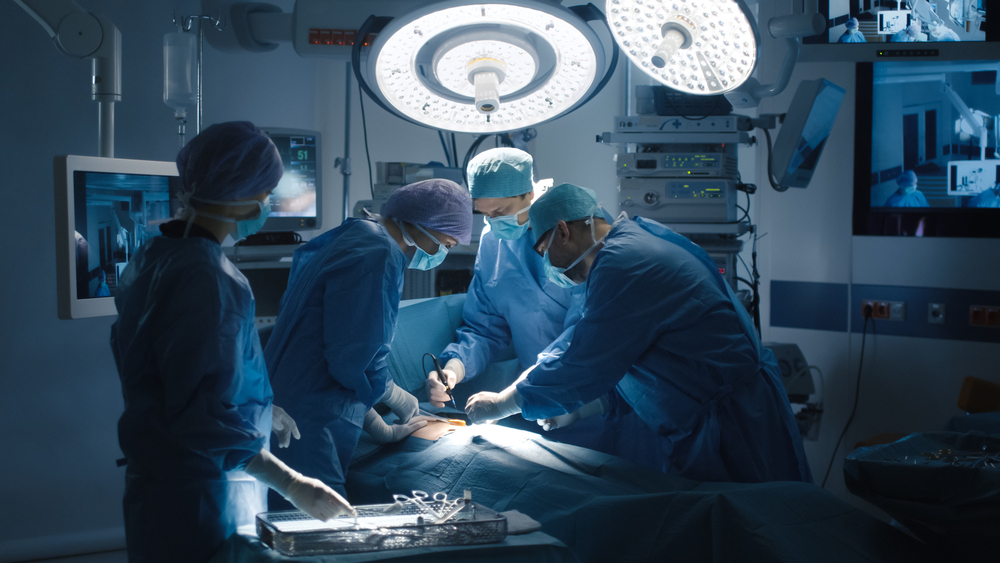

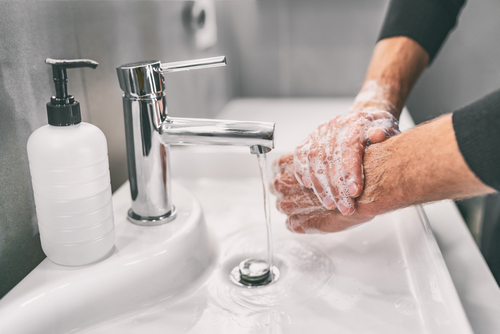
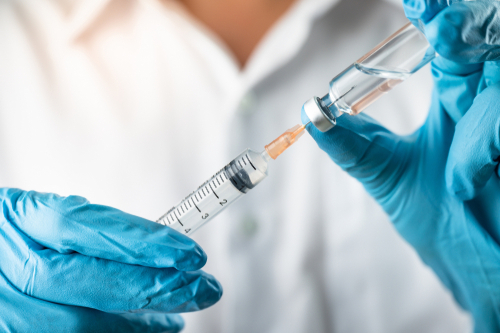
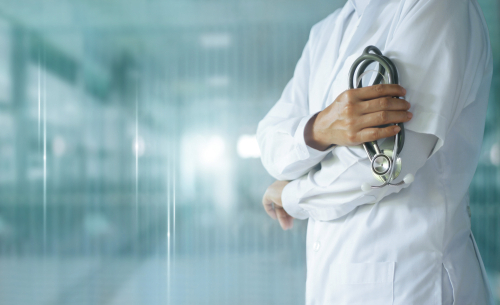
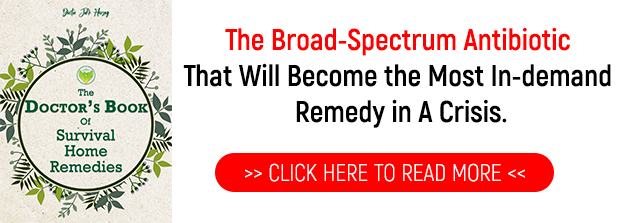
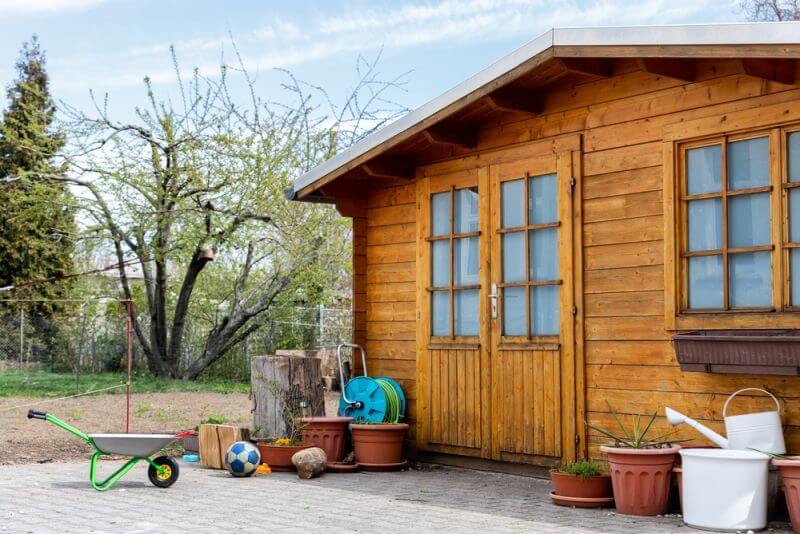

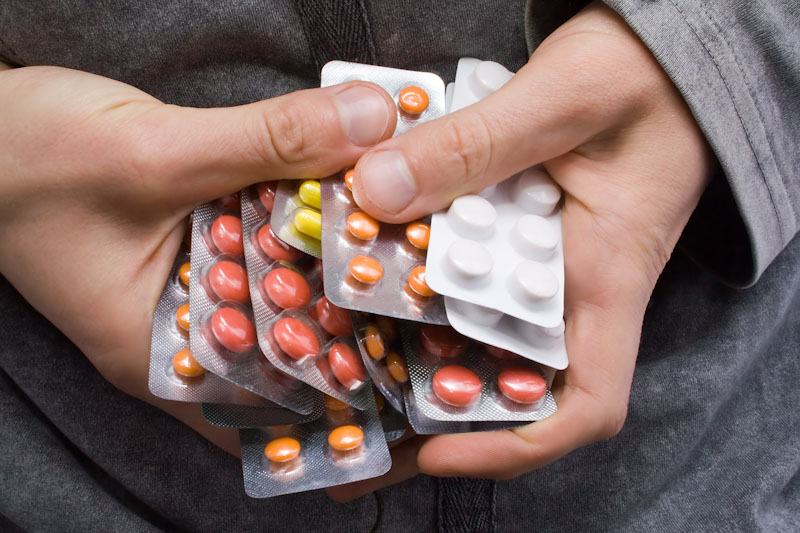


RN prepper | September 26, 2020
|
If this ever happens we will have more urgent issues than how to make anesthesia which will be beyond most people, much less performing surgery. I am a nurse with a long and varied career and even I would not attempt something like this. With that being said I am prepared to handle some medical emergencies. But needing anesthesia is just crazy for lay people. This may be helpful for chemists with some lab equipment. But then they most likely already know this stuff.
The opium info could be helpful if you could get your hands on opium poppy seed but that ain’t gonna happen either.
Frank Corl | February 21, 2021
|
I’m curious RN, would you not do surgery on a loved one that had a gunshot wound if you couldn’t stop the bleeding? At that point, your dammed if you do and damned if you don’t.
RN prepper | February 21, 2021
|
Talking about making anesthesia and performing surgery. Bullet removal I would do and yes I have a surgical tool kit. But you are right this would be a do or die situation. In these scenarios my take is person going to die anyway so trying to help when you don’t know what you are doing is more likely to make things worse not better. I feel like lay people and yes myself would not even try making chloroform.
You can buy some things for use in animals that would be good to keep on hand like antibiotics. Equipment is good if you know how to use it. AED would be good but they are pricey. Bp manual cuff but what are you going to do if BP is too high or too low? Have to know how to treat and have the stuff to treat with. Having stuff you have no idea how to use or what to do with your readings is pretty useless.
Taking an good EMT course would be very helpful if you have no medical training. I’m not talking first aid I’m talking EMT training like you would take to work as an EMT.
I’m banking on the Rapture, but really if things get so bad that society breaks totally down not sure I want to last long anyway. I’m older so my take on things is different that someone younger I’m sure.
Just some things to think about as far as medical is concerned.
Tricia | November 28, 2024
|
Well you’d better start reading…pretty much everyone knows what blood pressure is…a simple chart will tell you if it falls in the parameters.
I can tell you a handful of supplements, plants, teas that bring it down.
There are maneuvers for racing heart too.
These things are symptoms…would help to know.
Rafael Cruz Pagan | November 15, 2021
|
I am. a physician but I studied Chemistry and Biology as an undergrad and in military got extensive training in electronics. All I would need is some lab-ware and a journal – it can be done….but, not sure that all pharmaceuticals should be reinvented, actually…
For that matter, there is a lot of old and great tech that got abandoned for everything from energy, to communications to Alopathy & homeopathy and more.
Looks like this future may be where men of old (blacksmiths, carpenters, brick layers, plumbers, etc…will be of more value than Wall Street types and movie stars
Tricia | November 28, 2024
|
You would be surprised at how many opium poppies grow everywhere as ornamentals.
Also at some point watching a person die of a ruptured appendix or because a cacerian needs performed…or limb removal…think cival war conditions…and vets and doctors as well as astute lay people will be taking the gamble!
We’re not talking hip replacements or elective procedures.
Frank Corl | February 21, 2021
|
Any thought towards scavenging after SHTF? Nurses will know what equipment is what to bring back home. what type of disposable items will be needed, as in tubing for a ventilator or IV tubing. Needles, BP cuffs, stethoscopes, and anything else others may overlook when scavenging. Portable items like a defibrillator or anything else that can monitor vital signs. Battery systems will be a challenge after a few years.
Freedom Loving Jeannie RN | May 20, 2021
|
Just as with any other kind of prepping, getting medical supplies in advance of SHTF scenarios is best. Scavenging could be dangerous. That being said, there are items that are difficult to obtain right now as an RN, since we are not “providers” such as MD, NP, PA. Right now, stock up on what you can: gauze bandages, ACE wraps, splints, tourniquet, hand operated suction devices (not machines), tape, fish antibiotics, H2O2, rubbing alcohol, anything that sterilizes tools or skin, masks, all PPE, ambu bag, Ice bags, hot water bottles, vitamins, minerals, antibiotic and antifungal ointments, all “symptom control” items such as Tylenol, Aleve, ibuprofen, allergy tablets, cold and flu analgesics, Imodium, Milk of Magnesia, hydrocortisone ointments (anti-itch), IV tubing, bags of sterile saline solution, stethoscopes, BP cuff (not electric/battery), blue sleeves for vomiting, scissors, tweezers, clamps, and on and on. After the SHTF, I’m going to assume there is no electricity, so forget IV pumps (use the drip count method for IVs), ventilators, etc. If scavenging is safe, obtain sterile needles/thread for suturing, needle insertion kits for IV, injection needles, syringes of all sizes, Foley insertion kits, anesthetic items, scalpels with lots of blades, and anything else you can get your hands on. Hope this helps.
Dr. Strange | November 15, 2021
|
There are several things to remember here, not all collapse is the same. Collapses occur frequently. Just look around you, we’re in a pandemic with a supply chain collapse. Were you ready for this one? We had everything prepared after the last Ebola outbreak for a serious pandemic. And we still got blindsided by the governmental reactions. Thank goodness this wasn’t a serious one. It would’ve been ugly. But we’re taking the lessons and readjusting. Even as a doctor, trying to even maintain basic medical services for a limited group would be near impossible. A surgeon in our group, stated flatly that there would be no surgery in an austere environment, like a grid down scenario. Mounting a response for surgery would require at the very least a full MASH unit. There are few prepper groups that could organize anything of that scale. The best way to look at how available medical services will be, is to consider how far back the clock will be turned in any given scenario. Portable x-ray companies have portable ultrasound units and x-ray that can runoff generators. It’s not a CAT scan or an MRI, but you’d be amazed what you can do with them. That is basically what we had up until the 1970s.
Organization of communities resources will be far more important. Until the current generation passes away, we will still have access to a great deal of knowledge. Not every collapse will reach mad max stage or decay into a dark age. During the supposed dark age in Britain, after the withdrawal of the Romans, trade still continued from the Cornwall tin mines with the rest of Europe and the Mediterranean. Things deteriorate in phases and the severity is not uniform at all places. We are entering a slow-motion Trainwreck and most people can’t even see it. This is partly because the current regime cannot admit to the public that they are out of options and that they are spinning up a great reset to protect their life boat, while we’re on our own.